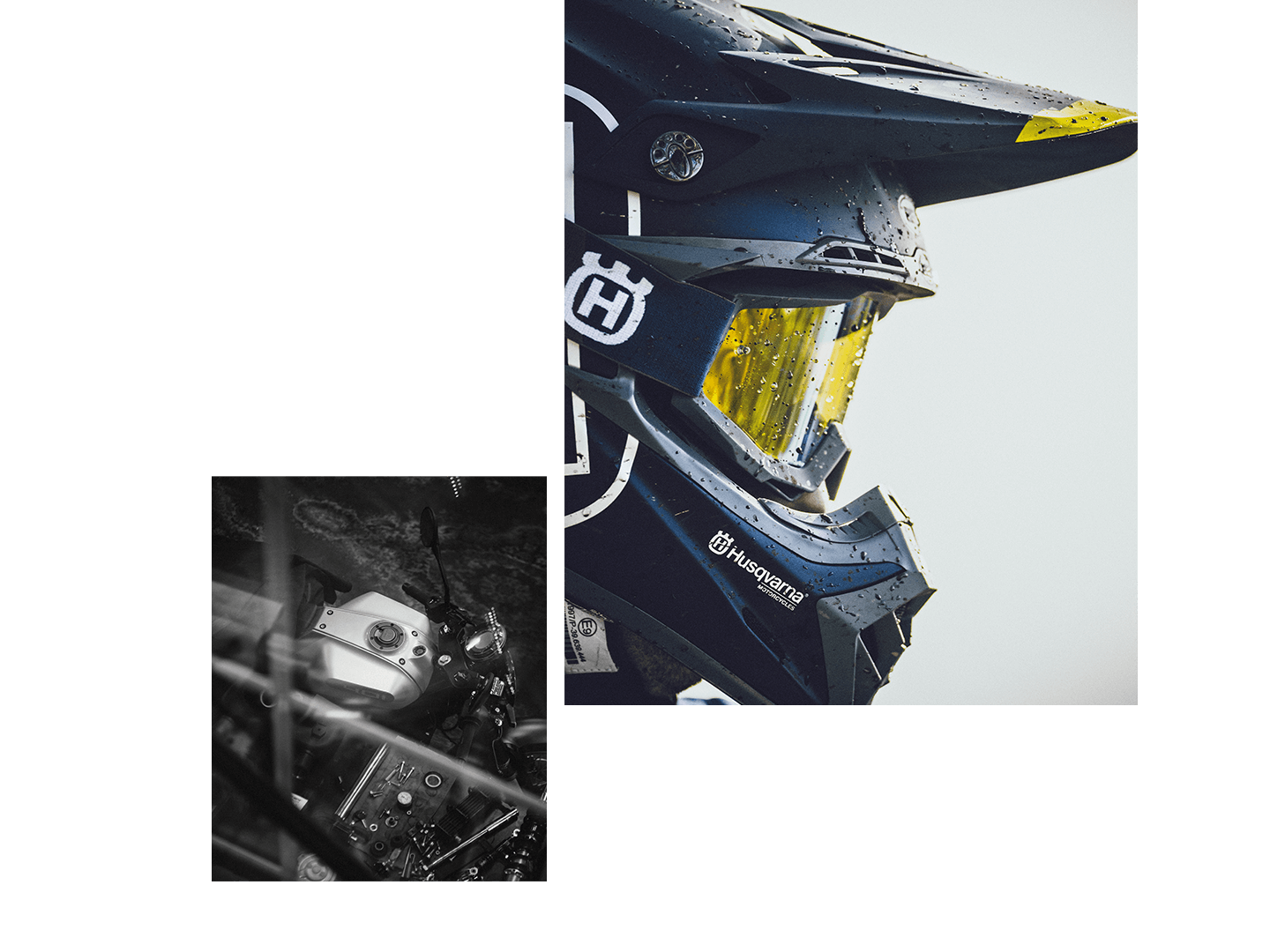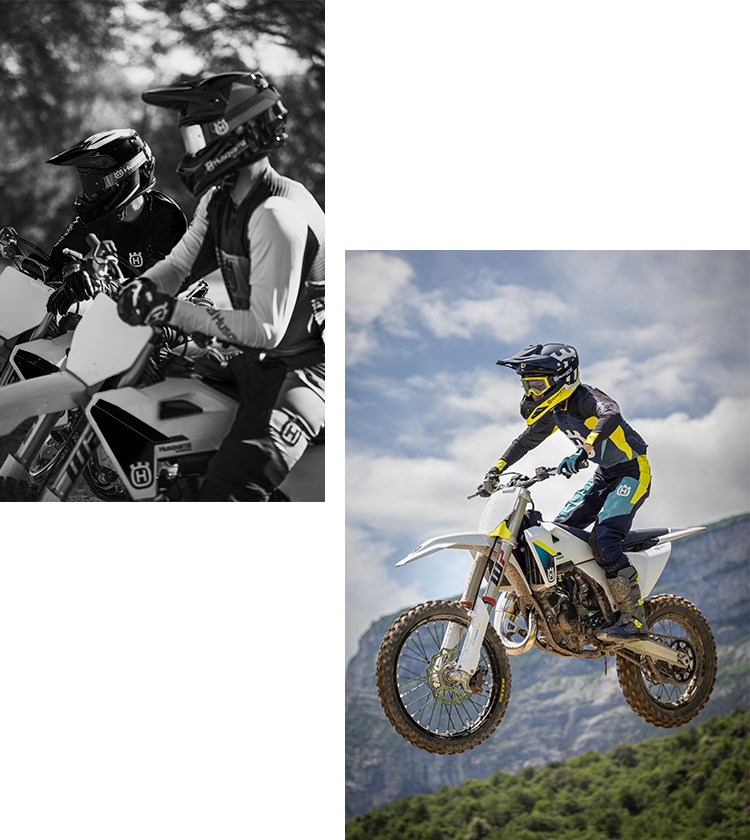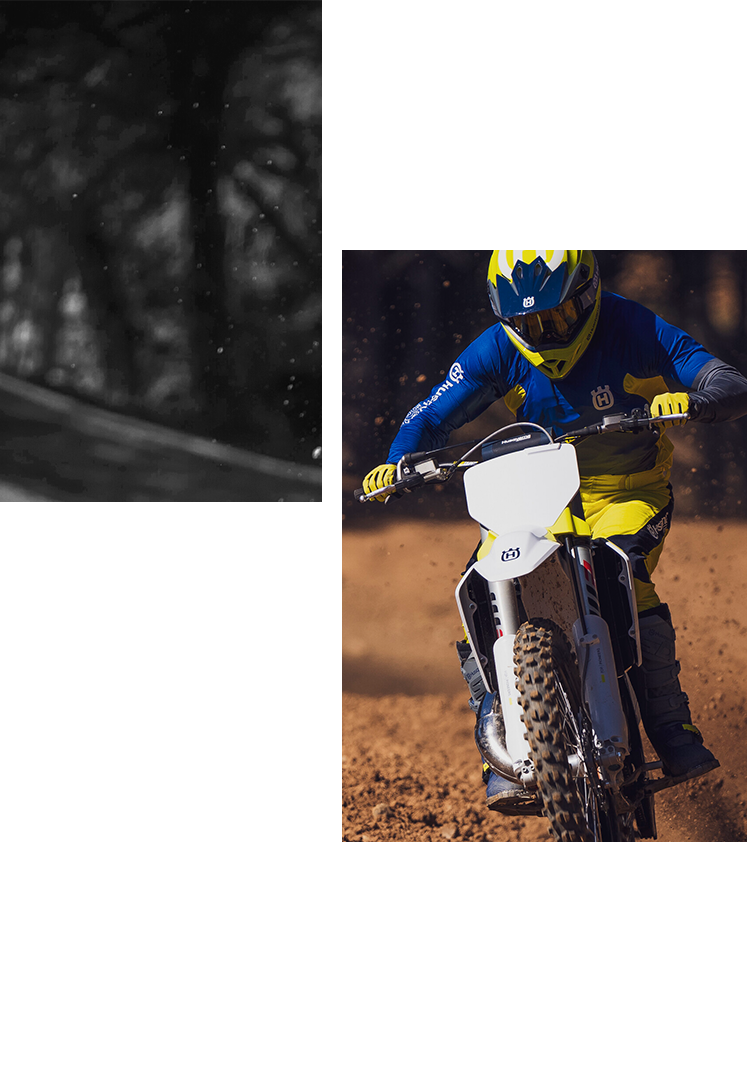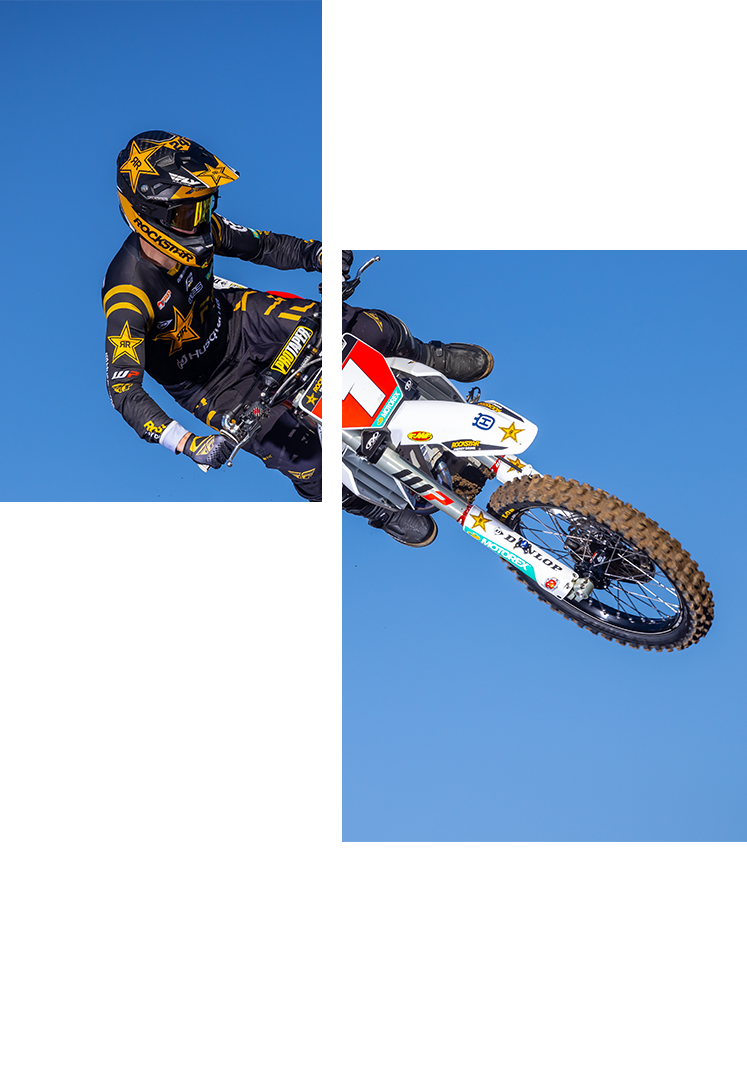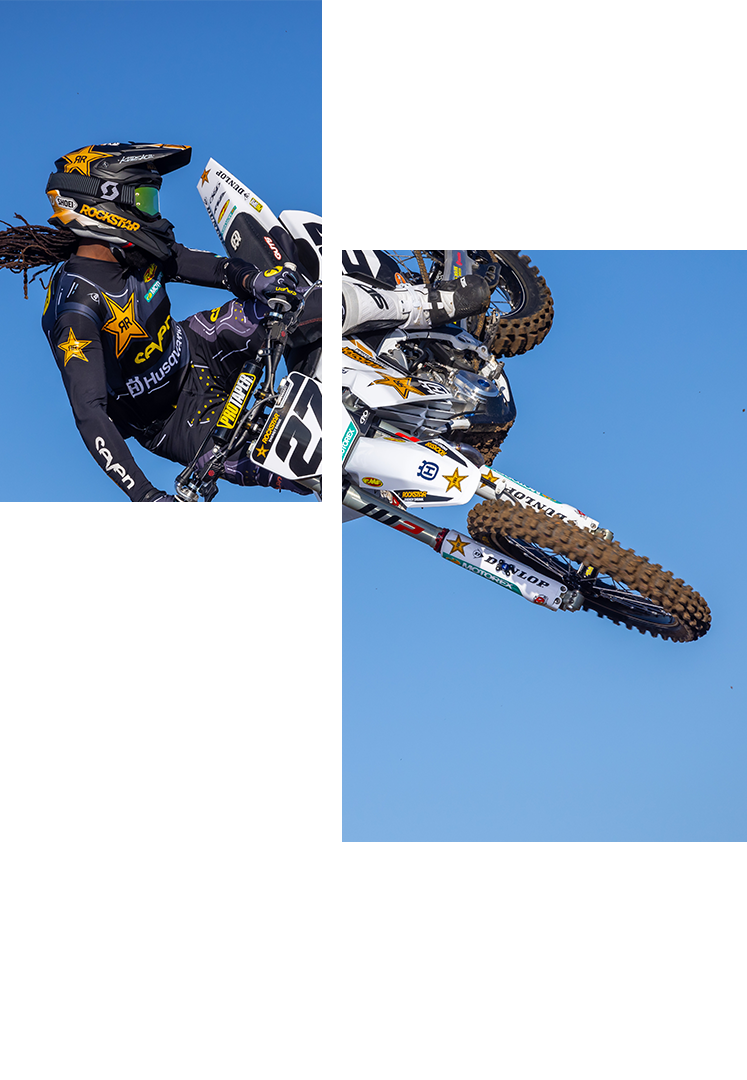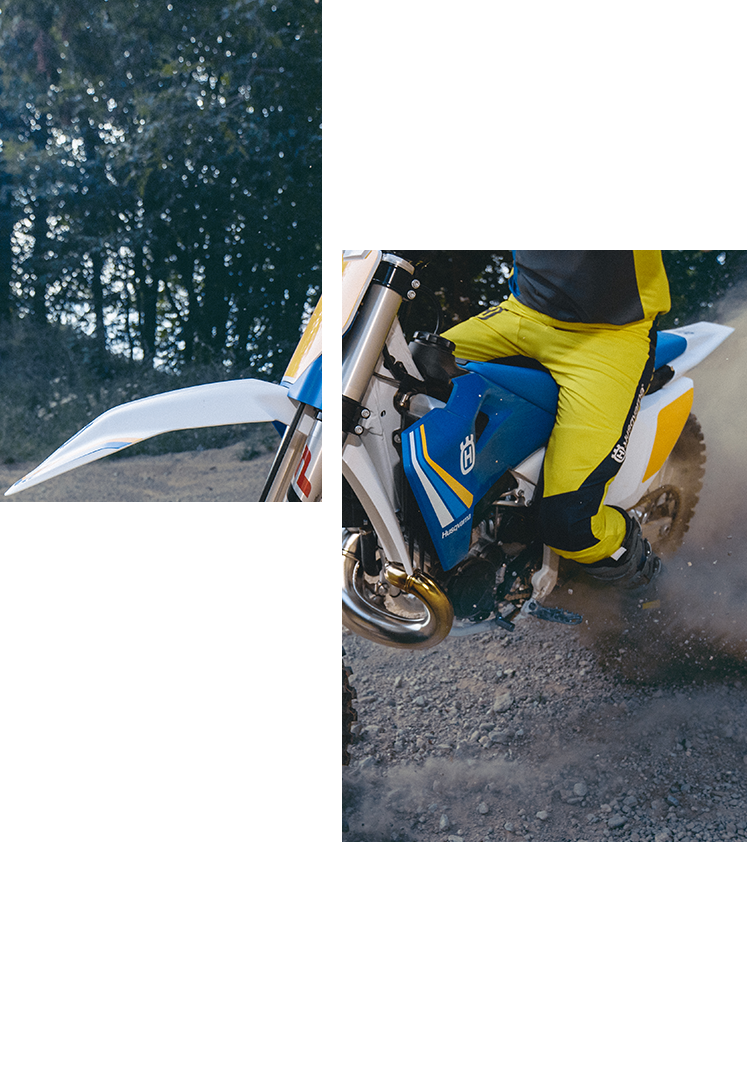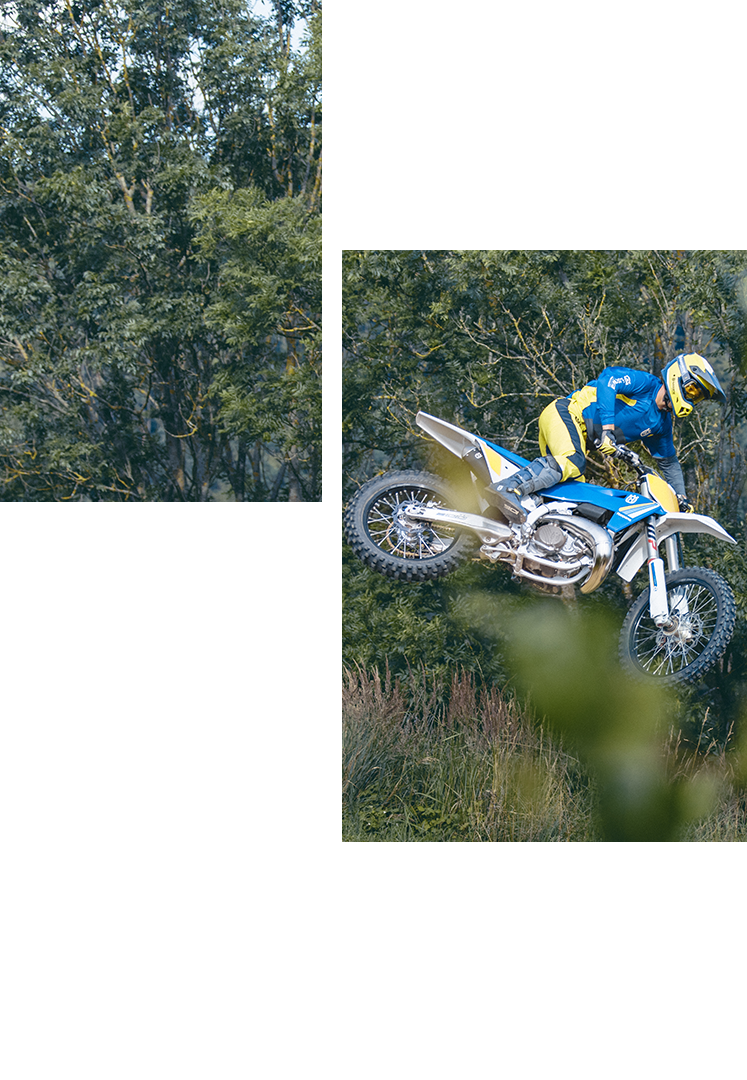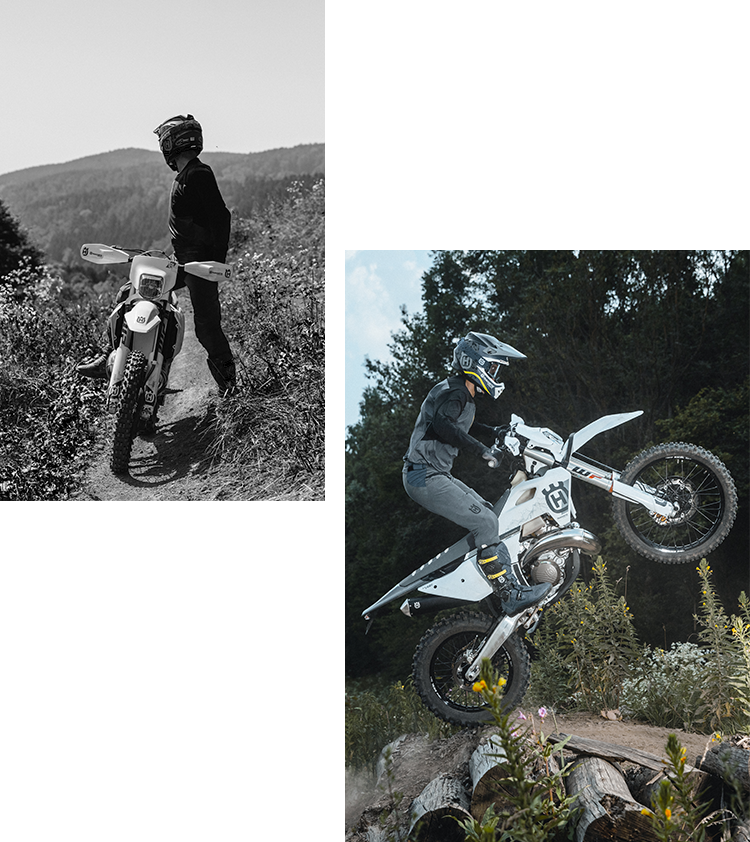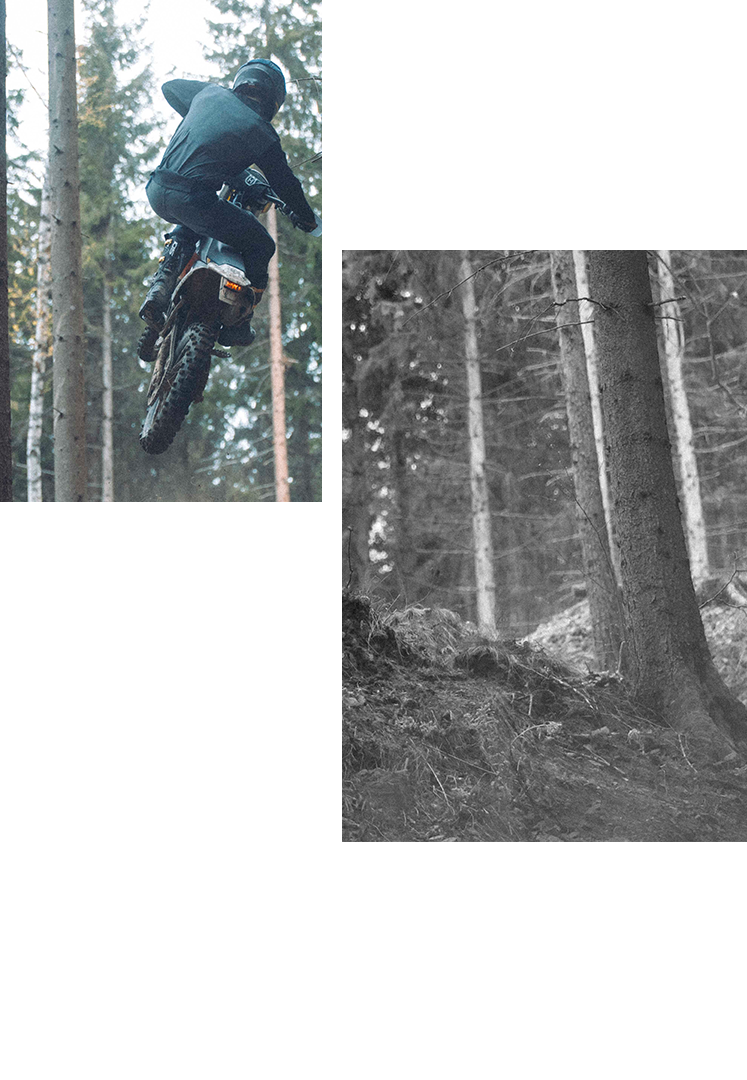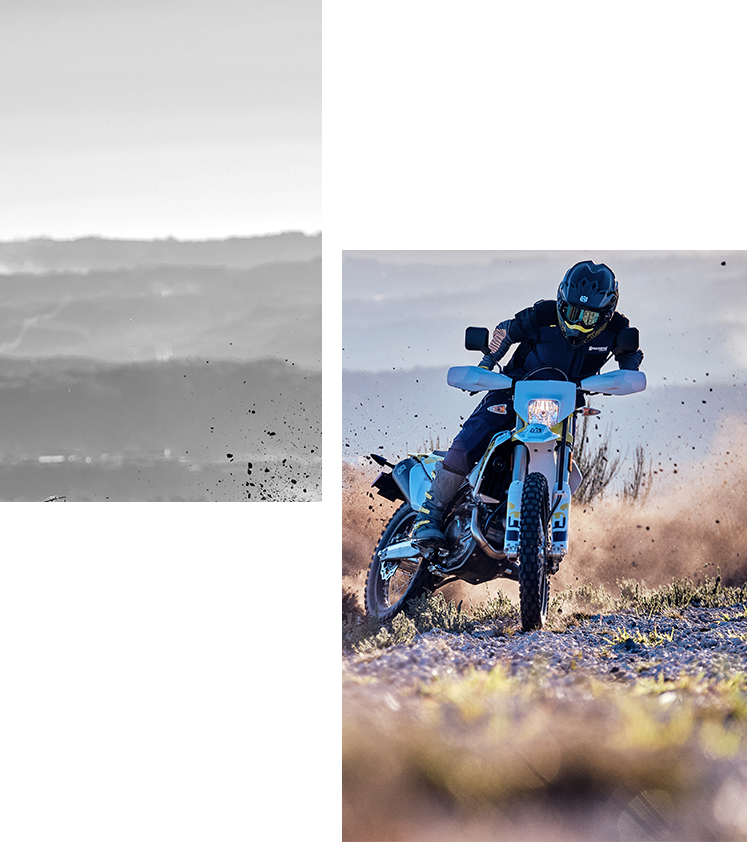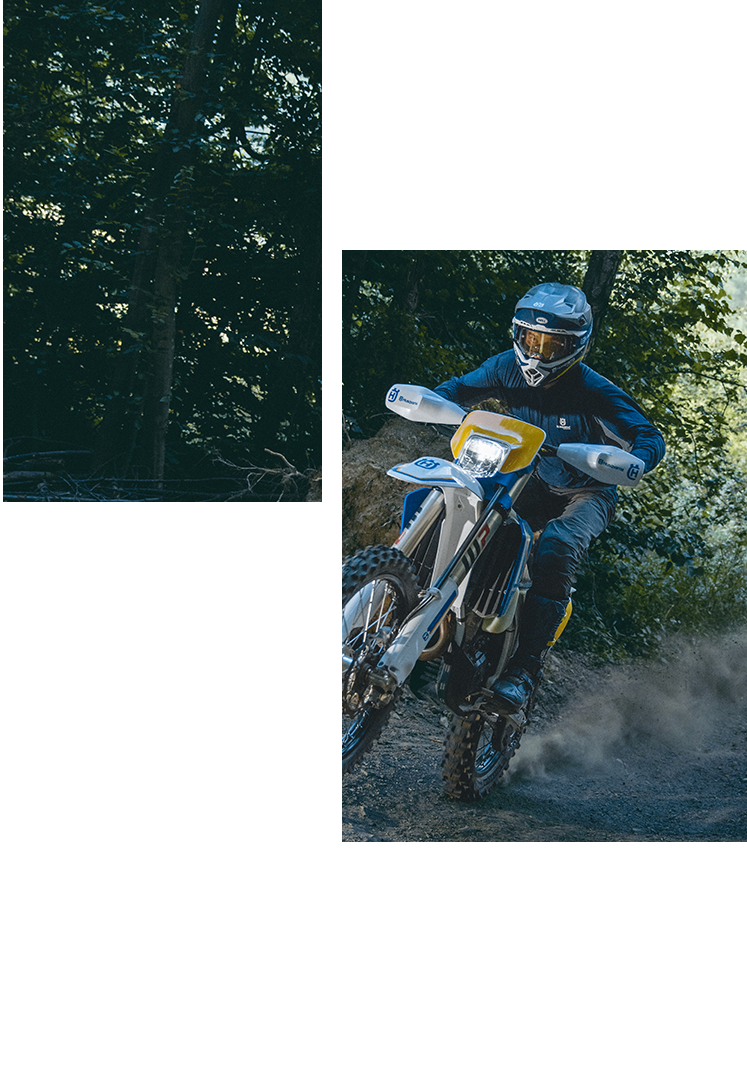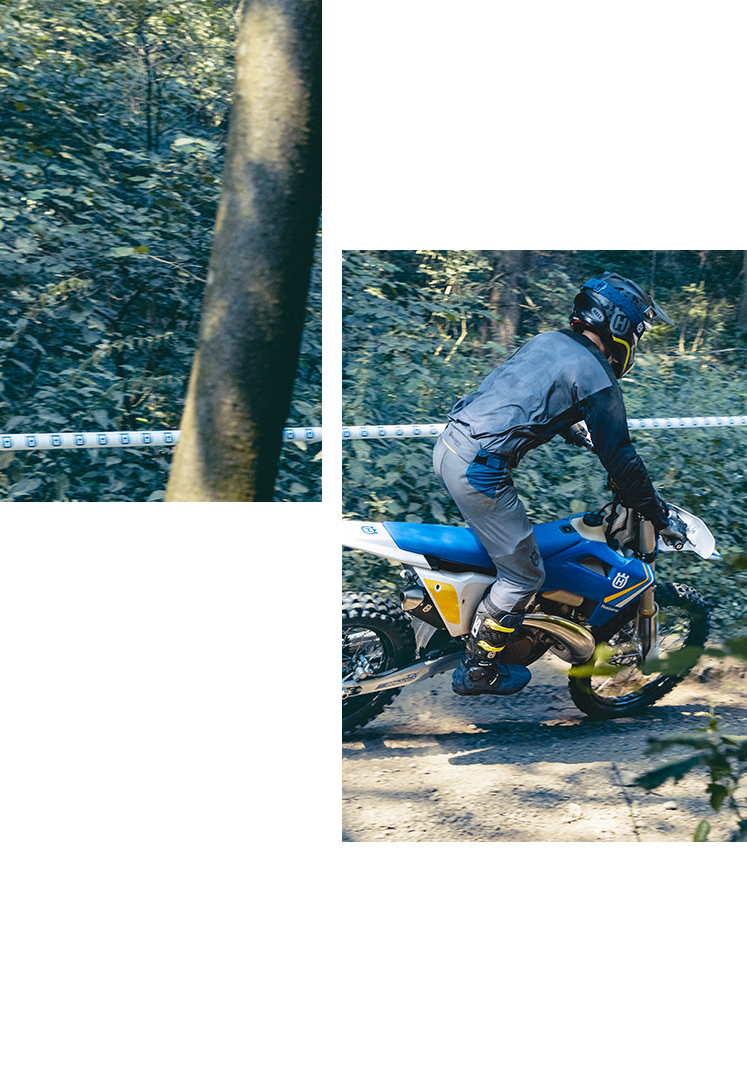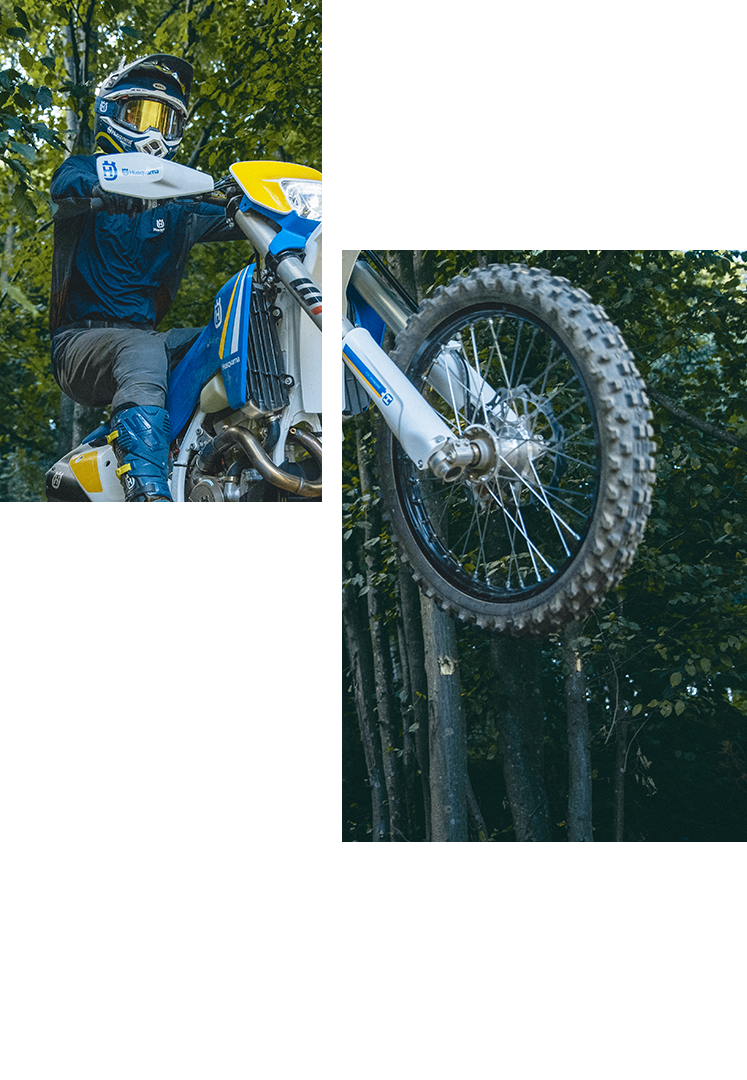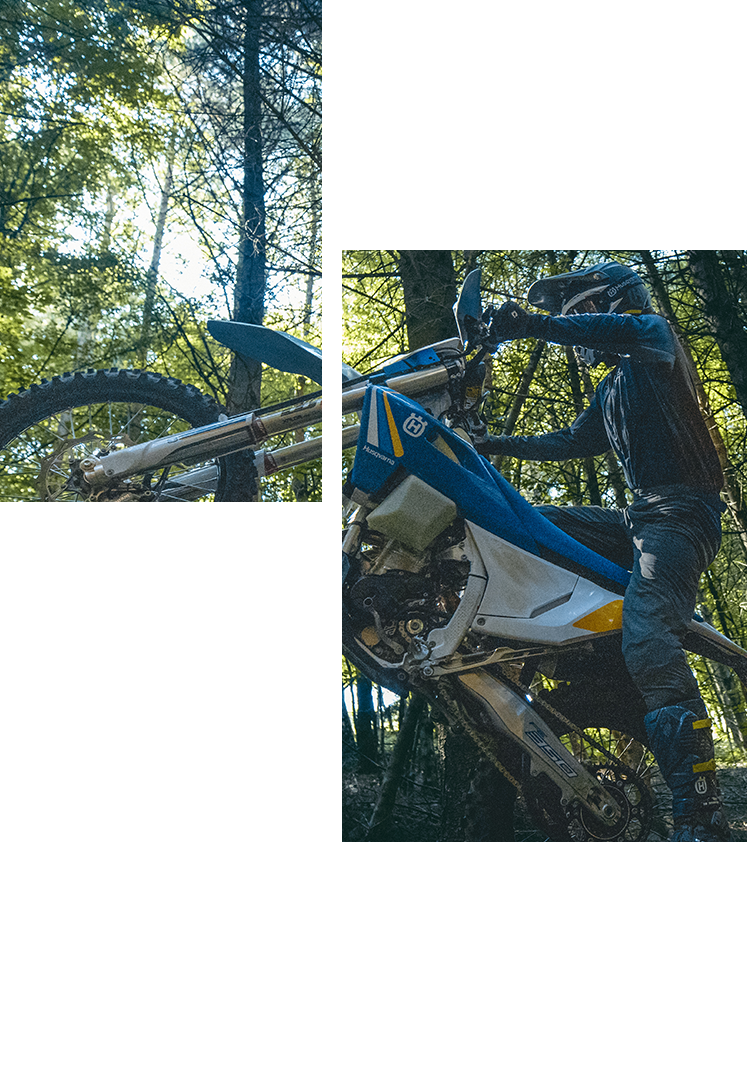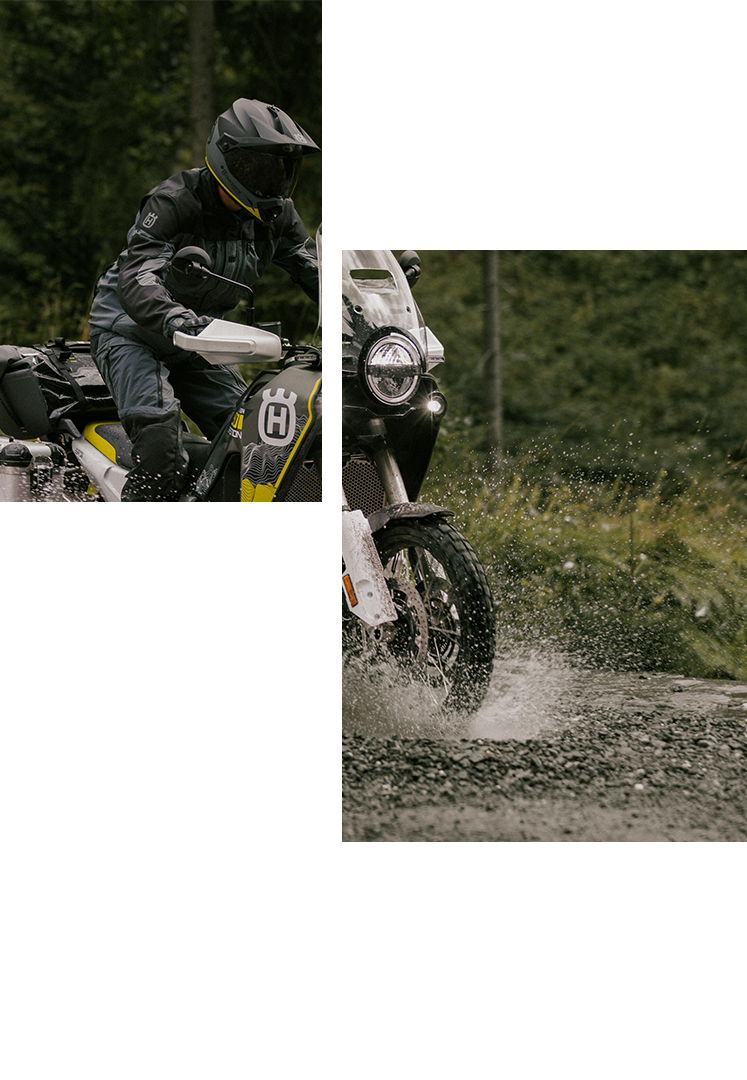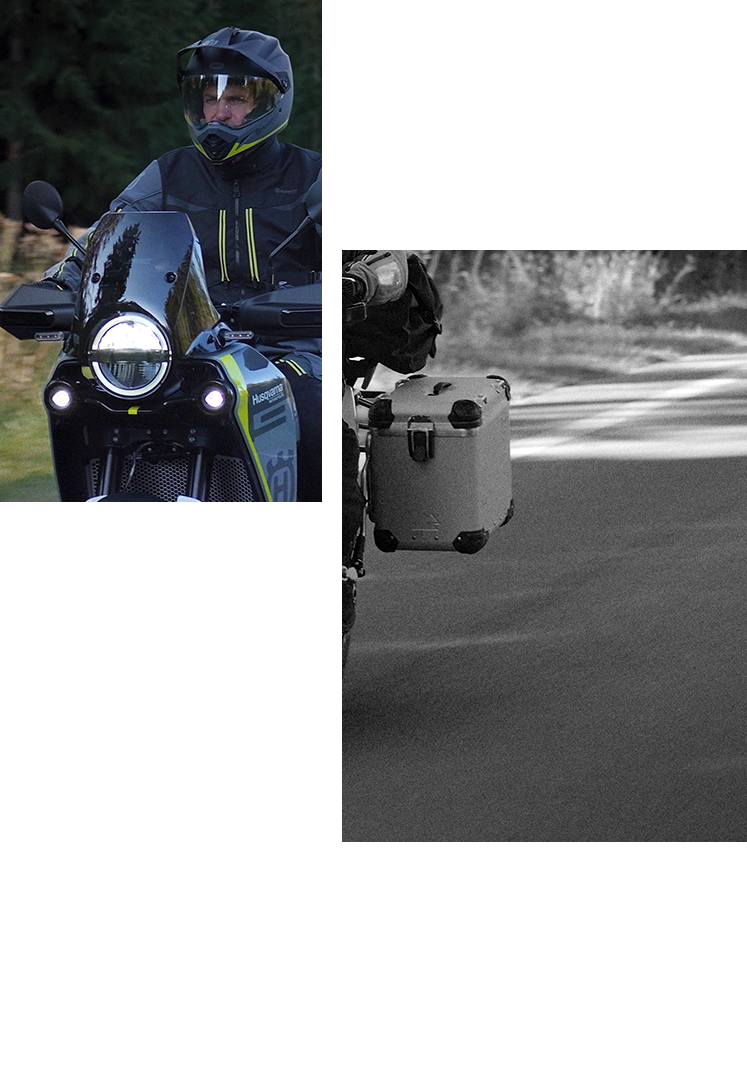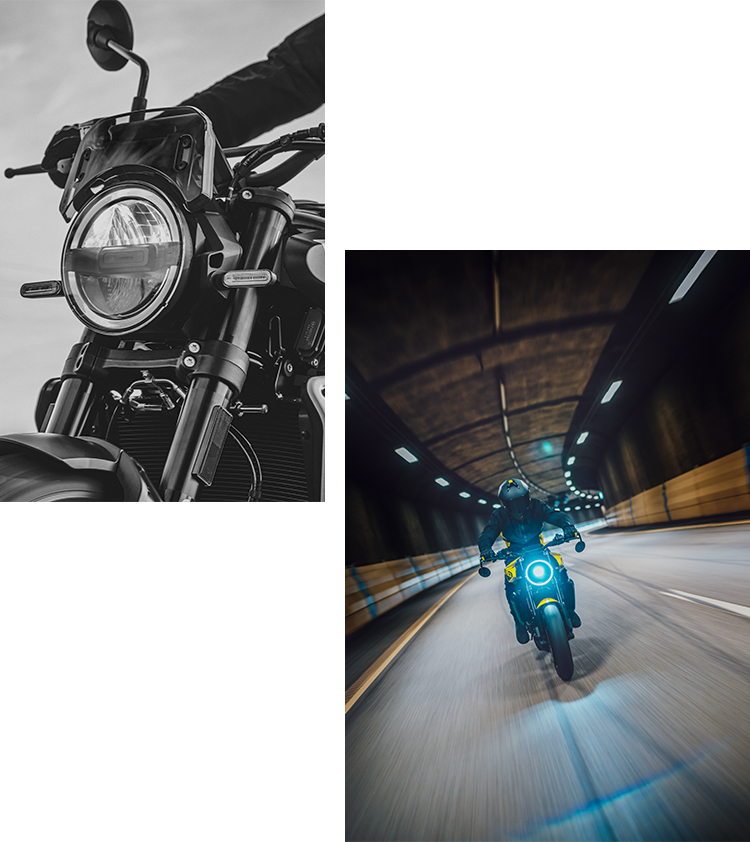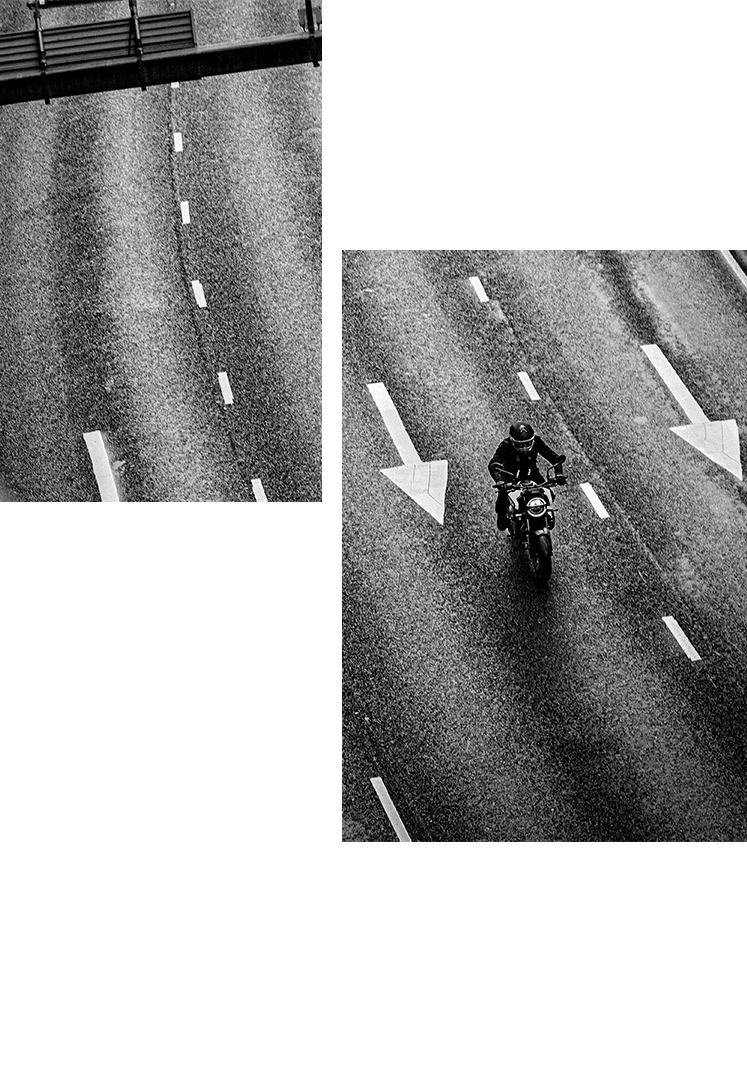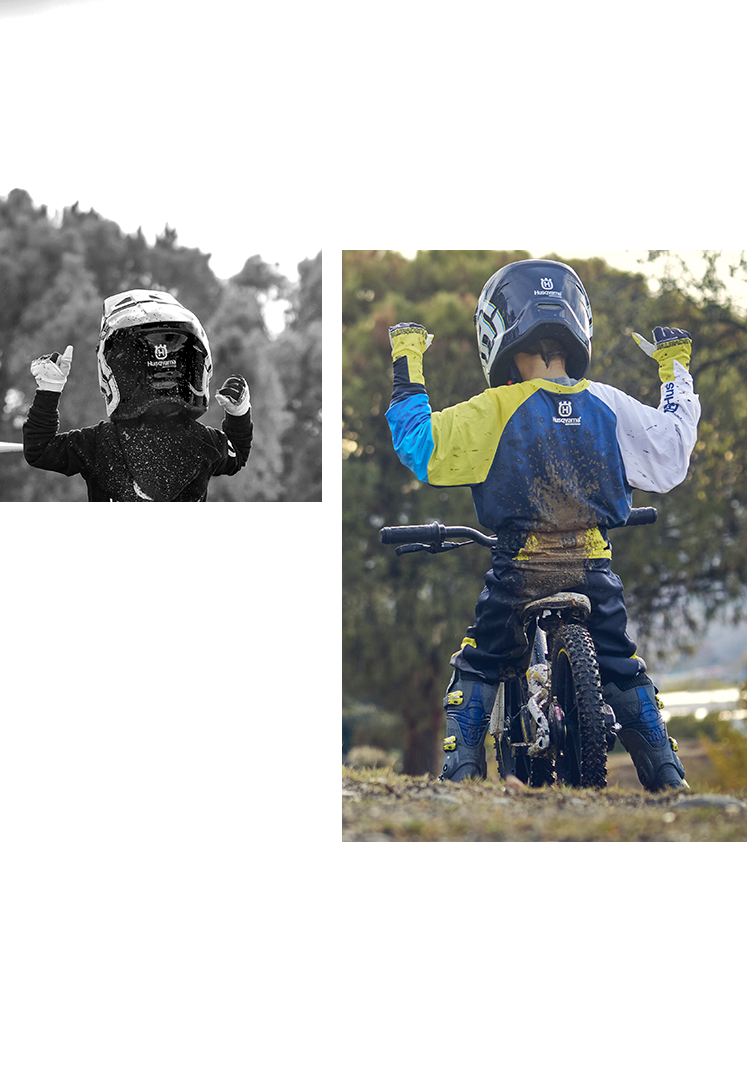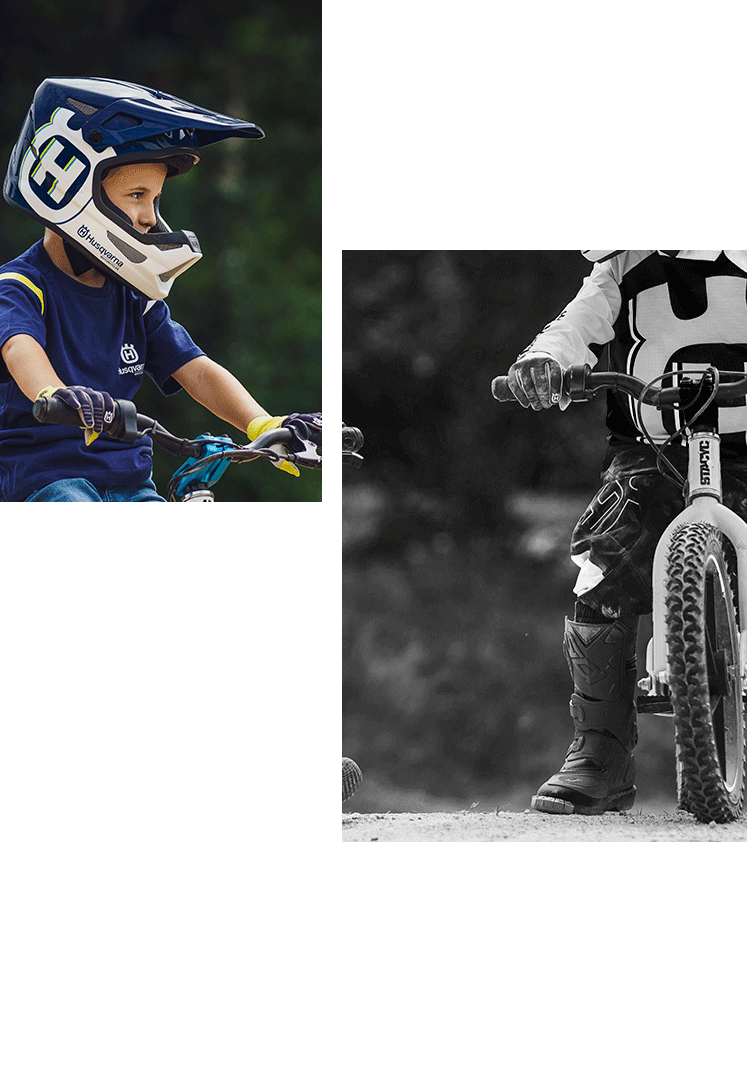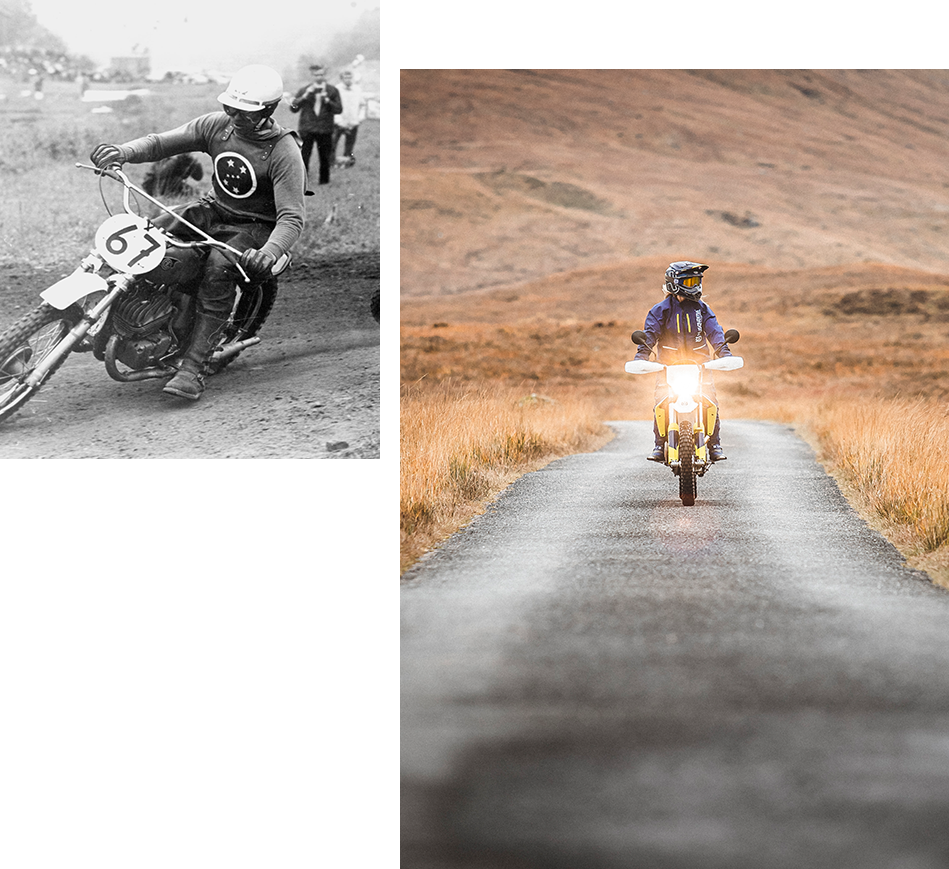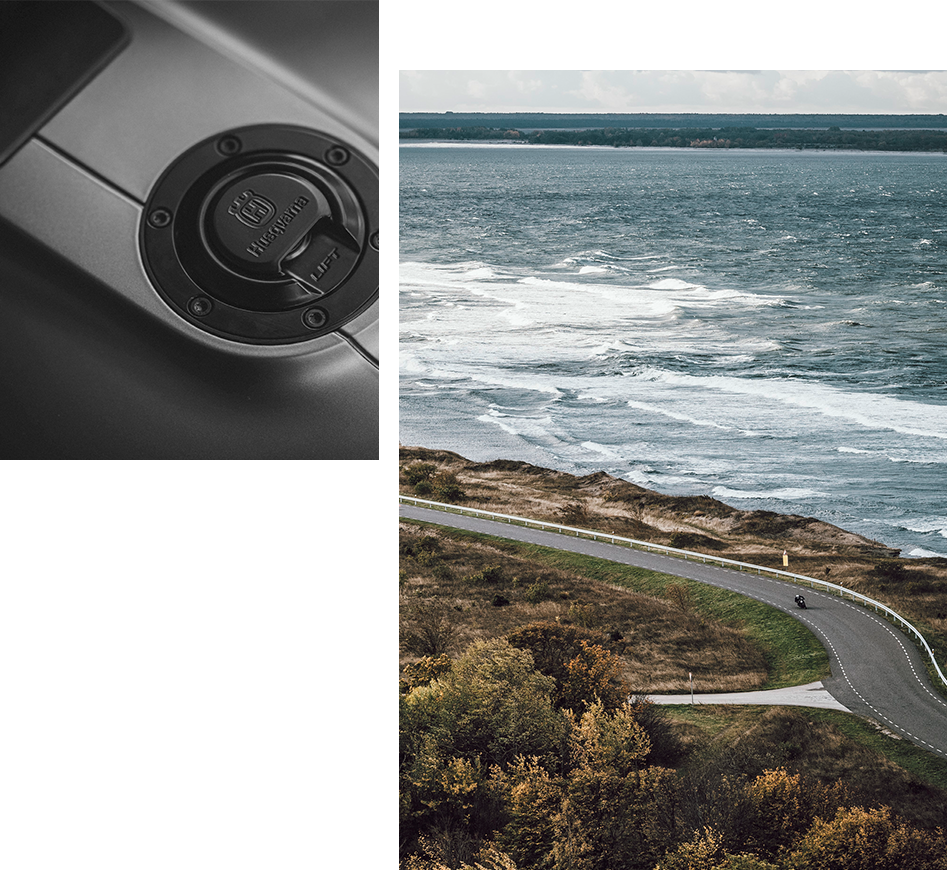Then, after more than 20 years, the computer age changed the circumstances. Suddenly, a Photoshop program was available, which solved Ludde’s problems with his worn glass-plates. All that was needed now was time and energy, which he fortunately had. “I understood that the digital technique would be the solution to my problems”. Ludde could work with the pictures in Photoshop and eliminate all the dust-traces found on the old motives. But it was one hell of a task. The container findings consisted of more than a thousand glass-plate negatives. “I have worked with photos and pictures all my adult life, when starting my laboratory in the beginning of the 70s” told de Geer. “I have been copying black-and-white pictures as a way of making my living. So, it was quite amazing when I found all the glass-plates, it made me very happy, indeed”.
The biggest surprise for Ludde de Geer was when he discovered the wedding photo of his parents. “That really threw my off balance. Imagine, I had the original picture from the wedding ceremony of my parents. Mind you, this picture was from the middle of our last century.”
Another important discovery came when an important Husqvarna photo glass was detected. In the final racing year of the factory, a TT machine (a road racing machine today) was displayed at Husqvarna’s Stockholm depot. Together with various success photos from 1934, it was a kind of saying goodbye to racing after many years of motorcycle top achievements. As can be detected from the light bulbs on the window-screen, this picture was taken in December – just in time for celebrating Christmas. Window shoppers now had their last chance of seeing the official Husqvarna racer, which had captured so many trophies for the Swedish Weapons factory. In the future, there would be no official racing-representation with factory support in the TT races. People could also lay their eyes on a huge photo of the Husky star Ragnar Sunnqvist, who had conquered the Saxtorp opposition in 34, and some of the trophies captured during this season. A special poster-like frame came from the famous Solvalla race in the autumn of 1934, where Husqvarna scored great success. The Swedish factory had fast, reliable machinery, which suited the 1,000-meter horseracing track in the suburban Stockholm area.
And, of course, in the centre-court behind the window, you can see a framed photograph of his master’s voice himself – Folke Mannerstedt, reigning in the middle behind the shop-window glass. It was an important timeframe with a hedonistic heritage.
